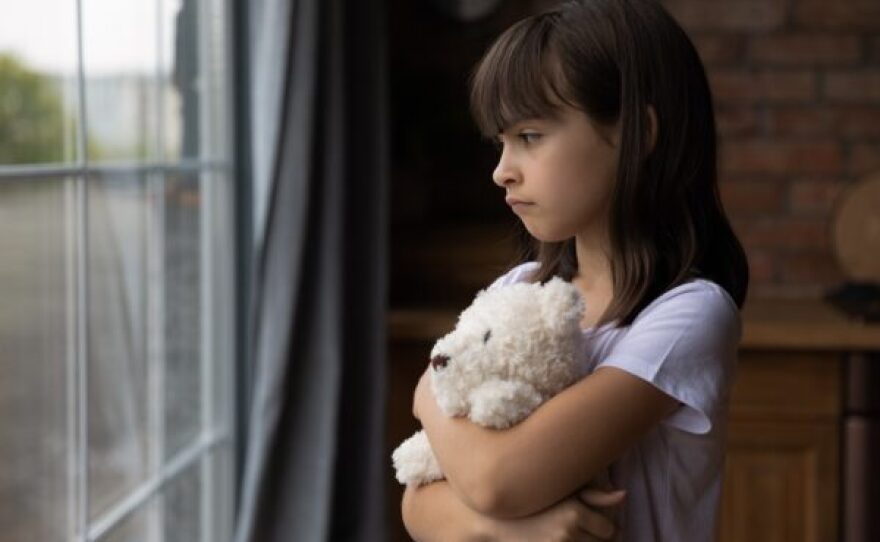When I was a child, my family pet went missing. As the days passed, and she didn’t return, my worry grew. As time went on, she never came back. Losing her was my first experience with death. Talking to your child about the death of a special pet or a person they love can feel overwhelming. It takes sensitivity, care, and willingness to answer tricky questions. It's important to listen to your child's feelings and reactions as they talk about what happened — and to share your own.
In the "When a Pet Dies" episode of "PBS KIDS Talk About," Amanda and her son Benjamin share their feelings about losing their cat and how they each moved forward. Amanda asked Benjamin questions about his feelings, giving him time to think and answer before sharing her thoughts.
Children as young as five can understand that death is permanent and final — but it can still be scary. Use simple and clear words to talk about it. Your child may have many questions, such as "Where did my pet go?" or "Are they coming back?” Children younger than five may ask the same questions over and over again. Create a safe space to ask questions, and remind them that they’re safe.
When talking to your child about death, try to:
- Be caring and patient. Listen to show your support — and offer reassurance. In the “When a Pet Dies” episode, Amanda tells her son that “it was hard” when their cat Tabitha passed away. “That was a big change for our family,” she says. She names what happened and shares her own emotions, showing Benjamin that she is listening and understands his big feelings.
- Ask your child what helps them feel better. Your child can take deep breaths, hold a favorite stuffie, sing or dance, ask for a hug, or imagine a calm place. Amanda asks Benjamin, “What was something that helped you while you were working through those hard feelings?” After he replies that his stuffed animals are helping him, she follows up to find out more. “How do they help you?” she asks. Encouraging your child to find the why behind their emotions (and how they cope with them) can help them move through their feelings.
- Remind them they’re not alone. It’s common for young children to have dreams or remember a sad time months after the death of a loved one. This can leave them feeling sad, angry, or frustrated. Talk about what you miss, share happy memories, and think of ways you can remember the friend, family member, or pet who died.
- Help your child express emotions. Say, “Sometimes you might feel like shouting when you’re angry or maybe you want to rest your body when you're sad.” You may be able to ask questions like, “What helps you feel better when you are sad?” For example, Amanda asks Benjamin, "Is it OK to be sad?" This question encourages talking about big feelings — and builds bonds between child and grown-up, too.
Talking to your child about the death of a loved one or a special pet can be a challenging and emotional experience for both of you. If a question comes up that you aren’t sure how to answer, it’s OK to say you don’t know. Work together to find the answer. Show your child that you’re in it together and that they don’t have to experience grief alone.
For more ways to connect with your child, check out the PBS KIDS Talk About series.
Made possible by support from Google Kids Space, a Google Product







